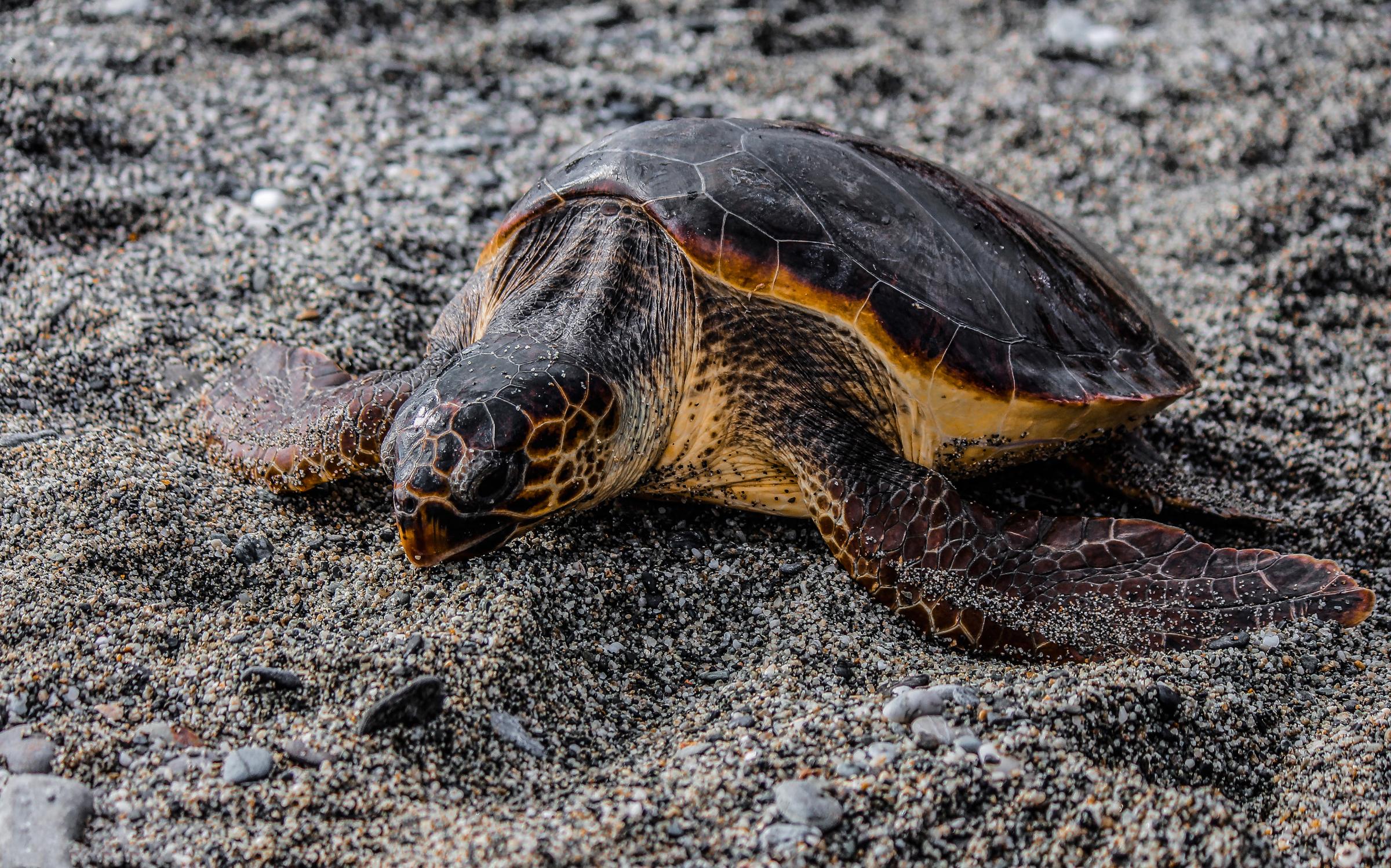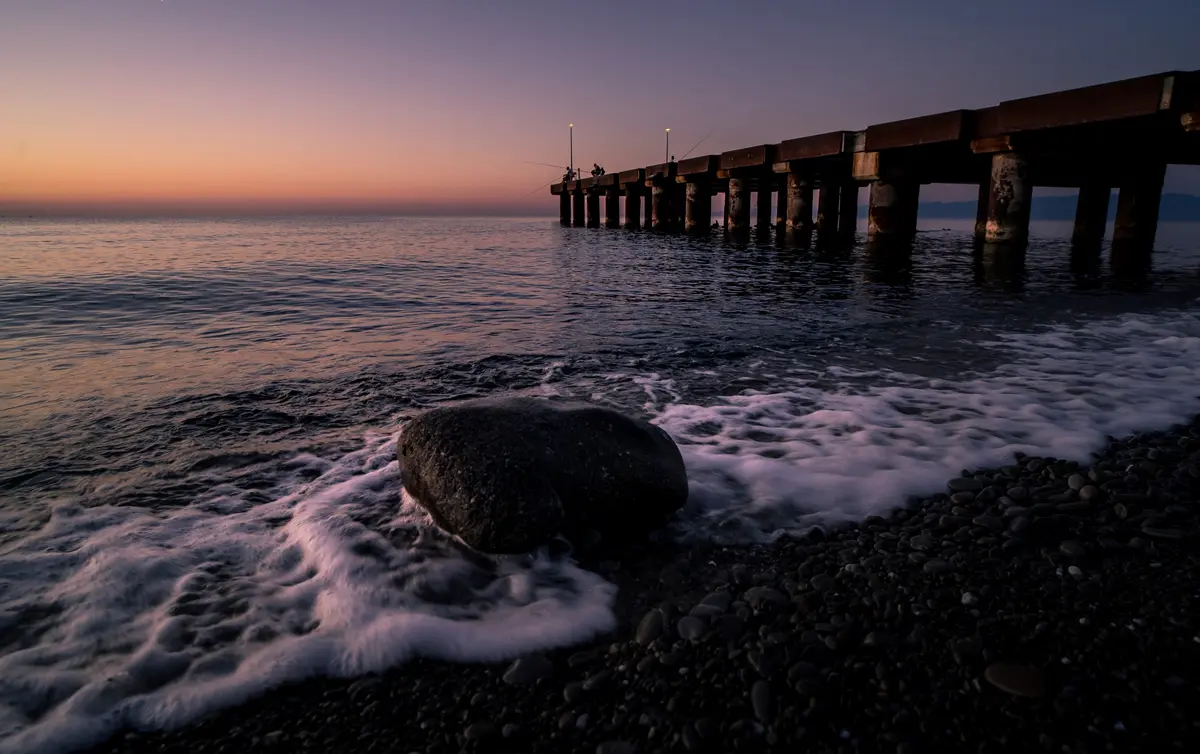Itinerary along the Costa dei Gelsomini in Calabria
Immerse yourself in the scent of flowers and the crystal sea of Caretta Caretta turtles.
Naturalistic
Regione Calabria
Travel information
Category
Naturalistic
Target
For all
A name that is already a dream, Costa dei Gelsomini. It evokes scents and ancient stories, such as the famous uprising of the "jasmine and poppy pickers", the gatherers of jasmine and poppy, amidst the clean sea and Mediterranean scrub.
We are in the Riviera dei Gelsomini, in the Lower Ionian Sea in the province of Reggio Calabria, between Capo Spartivento and Punta Stilo, the stretch of beach preferred by the Caretta Caretta turtles that come here to nest every year in summer after crossing oceanic distances.
An unspoilt landscape, perfect for lovers of nature holidays amidst open beaches and dune vegetation. Here lies the scenery of the Ionian gullies, clayey-marly geological formations that offer unique excursions, on the edge of the Costa dei Gelsomini's most beautiful beaches.
Part of the Riviera dei Gelsomini is inhabited by the Greek ethnic minority, the "Greeks of Calabria", who preserve the ancient language and musical and gastronomic traditions in the area of the so-called "Bovesìa", around the municipalities of Bova and Bova Marina.
Another large cultural area of ancient origins is Locride, which includes the municipalities bordering Locri, one of the most important cities of Magna Graecia (Locri Epizefiri).
The last stretch of the Costa dei Gelsomini includes very famous and popular tourist resorts, such as Riace Marina, a stretch of sea where the famous Riace Bronzes were fished out in the 1970s.
Costa dei Gelsomini, what to see? Let's find out together!

Palizzi Marina

Brancaleone Marina

Casignana

Locri

Roccella Ionica




